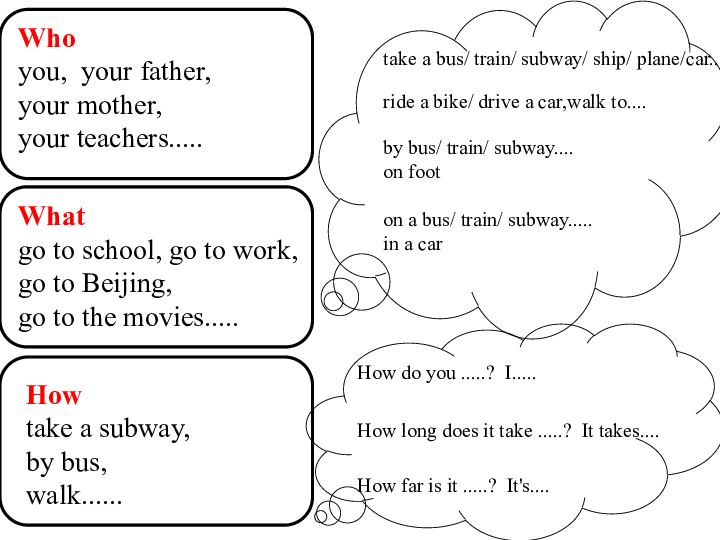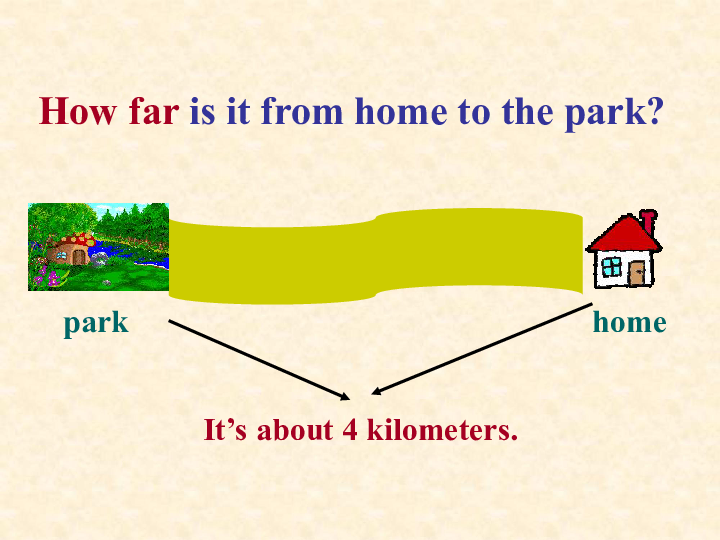Understanding How Does an ARM Loan Work: A Comprehensive Guide to Adjustable Rate Mortgages
#### What is an ARM Loan?An ARM (Adjustable Rate Mortgage) loan is a type of mortgage where the interest rate is not fixed and can change over time. Initial……
#### What is an ARM Loan?
An ARM (Adjustable Rate Mortgage) loan is a type of mortgage where the interest rate is not fixed and can change over time. Initially, the interest rate is typically lower than that of a fixed-rate mortgage, making it an attractive option for many borrowers. However, after a certain period, the rate adjusts at predetermined intervals based on market conditions.
#### How Does an ARM Loan Work?
To fully grasp how does an ARM loan work, it’s essential to understand its structure. An ARM loan usually comes with an initial fixed-rate period, which can range from a few months to several years. After this period, the interest rate adjusts based on a specific index, plus a margin set by the lender. This means that your monthly payments can fluctuate significantly over the life of the loan.
#### Components of an ARM Loan
1. **Initial Rate Period**: This is the time frame during which the interest rate remains fixed. For example, a 5/1 ARM has a fixed rate for the first five years, after which it adjusts annually.
2. **Adjustment Period**: After the initial period, the loan will adjust at regular intervals. This could be annually, semi-annually, or at other specified times.

3. **Index**: The interest rate adjustments are based on an index, which is a benchmark interest rate that reflects the cost of borrowing. Common indices include the LIBOR (London Interbank Offered Rate) and the Constant Maturity Treasury (CMT).
4. **Margin**: This is the percentage added to the index to determine the new interest rate after the adjustment period. The margin is set by the lender and remains constant throughout the loan term.
5. **Rate Caps**: Most ARMs come with rate caps that limit how much the interest rate can increase at each adjustment and over the life of the loan. This provides some protection for borrowers against extreme fluctuations in interest rates.
#### Pros and Cons of ARM Loans
##### Pros:

- **Lower Initial Rates**: The initial fixed rate is often lower than that of a fixed-rate mortgage, making it appealing for first-time homebuyers or those looking to save money upfront.
- **Potential for Lower Payments**: If interest rates remain stable or decrease, borrowers may benefit from lower monthly payments.
##### Cons:
- **Interest Rate Risk**: After the initial period, rates can increase, leading to higher monthly payments that may strain your budget.
- **Complexity**: The structure of an ARM can be more complex than a fixed-rate mortgage, making it harder for some borrowers to fully understand.

#### Who Should Consider an ARM Loan?
ARMs can be a good option for borrowers who plan to move or refinance before the adjustable period begins or those who anticipate that interest rates will remain stable or decrease. However, they may not be suitable for individuals who prefer the predictability of fixed payments over the long term.
#### Conclusion
Understanding how does an ARM loan work is crucial for making informed decisions about your mortgage options. While they offer the possibility of lower initial payments, the potential for fluctuating interest rates requires careful consideration of your financial situation and future plans. Always consult with a financial advisor or mortgage professional to determine if an ARM is the right choice for your needs.